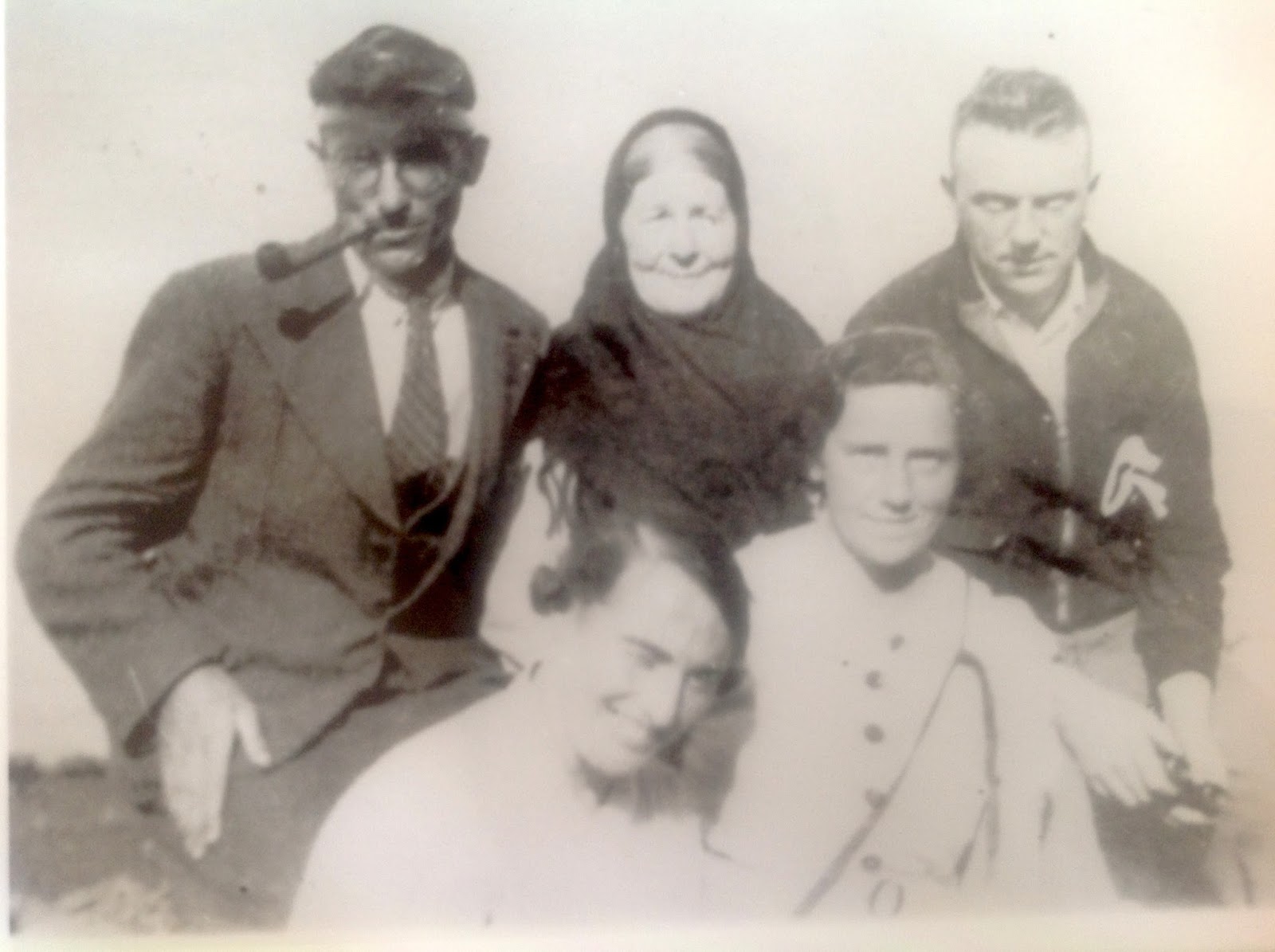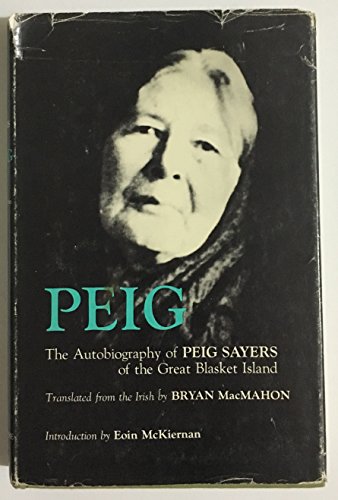
There’s the belief in magical happenings and spiritual omens that one would expect, of course (my own nana was a firm believer in ghosts, fairies and banshees), but really it’s the little details in Peig’s accounts that draw the reader in, such as how an “Ulsterwoman” invariably meant a woman with supernatural powers, or how, at Christmas, the table was “scrubbed with sand from the beach and warm water” to be made “bright as a shilling”. In other words, sufficient time has now elapsed that the life in Ireland that Peig describes, and the mystical, Celtic-Christian mind that she herself evinces, appear strange enough to be genuinely captivating. A life, not that long ago, in which the cloth for clothing had to be spun yourself, in which tea (in Peig’s parents’ time), or sugar (during the war), was a rare luxury, and in which one prayed, regularly, that your husband, brother or son would make it back from fishing trips alive. An Ireland half-pagan, half-Christian, in which people like Peig rarely if ever left the place they were born, and in which the loss of children, to emigration or death, was a regular occurrence. Both offer a painstakingly preserved record of an Ireland mostly lost now.


Her first memoir, Peig, was introduced to the school curriculum in the 1960s, and was apparently so despised that her photograph was ripped from the book’s cover, stuck on classroom walls and used for target practice.īut don’t let that put you off. Many Irish Times readers will have come across the Blasket Islands seanchaí Peig Sayers before - some, no doubt, against their will.


 0 kommentar(er)
0 kommentar(er)
